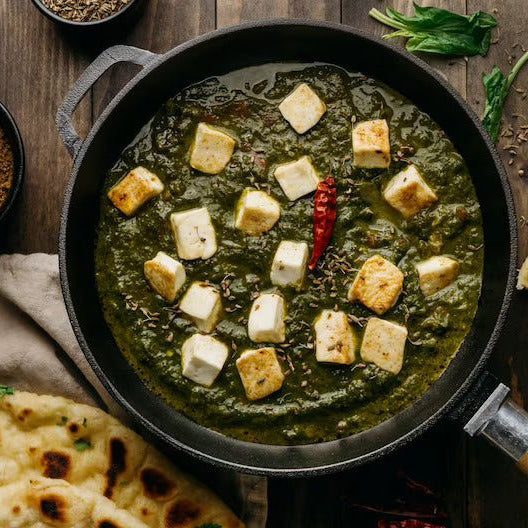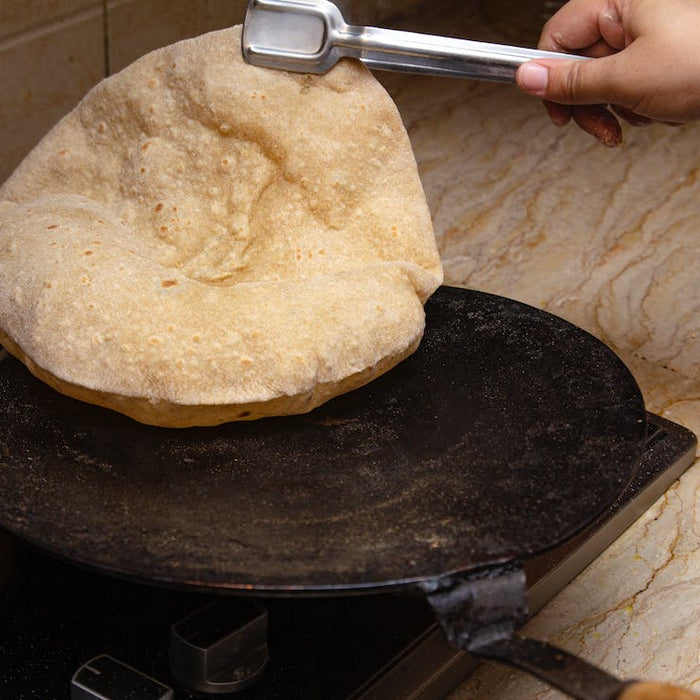
Nonstick Cookware Guide: Exploring Safety, Usage, and Health Considerations
Welcome to "The Nonstick Cookware Guide: Exploring Safety, Usage, and Health Considerations." In today's culinary landscape, nonstick cookware has become an essential component in many kitchens, offering convenience and ease of cooking. However, it has also raised important questions regarding its safety, compatibility with dishwashers and ovens, and potential health implications. In this comprehensive guide, we will delve into these topics, providing you with valuable insights and knowledge to make informed decisions about nonstick cookware. Whether you're a seasoned home chef or just starting your cooking journey, join us as we unravel the complexities and shed light on the multifaceted aspects of nonstick cookware.

Can nonstick pans go in the dishwasher?
Most nonstick pans are dishwasher safe, but it is always recommended to refer to the manufacturer's instructions to ensure proper care. While the dishwasher is convenient for cleaning, handwashing nonstick pans with gentle dish soap and a soft sponge is often the best way to preserve their nonstick coating and extend their lifespan. Avoid using abrasive scrubbers or harsh chemicals that can damage the nonstick surface.
Can nonstick pans go in the oven?
Not all nonstick pans are suitable for oven use, so it is important to check the specific instructions provided by the manufacturer. Some nonstick pans have heat-resistant handles and can withstand oven temperatures up to a certain limit, while others may have restrictions. If your nonstick pan is oven-safe, ensure that it is within the recommended temperature range to avoid any potential damage to the pan or its nonstick coating.
Does nonstick cookware cause cancer?
Nonstick cookware, when used according to the manufacturer's instructions, does not cause cancer. However, there have been concerns regarding the release of potentially harmful fumes if nonstick pans are overheated or used at high temperatures. These fumes can be harmful to pet birds and may cause flu-like symptoms in humans, known as polymer fume fever. To minimize any risks, it is advisable to use nonstick cookware on low to medium heat settings and to ensure proper ventilation in the kitchen.
When nonstick pans stick?
Nonstick pans may start to stick over time due to wear and tear of the nonstick coating or incorrect usage. Overheating the pan, using sharp utensils or metal utensils that can scratch the coating, or using abrasive cleaning tools can damage the nonstick surface and lead to sticking. To prevent sticking, it is important to use nonstick-friendly utensils, cook on moderate heat, and avoid cooking acidic or sticky foods for prolonged periods. Regularly inspecting the condition of the nonstick coating and replacing pans when necessary can also help maintain their nonstick properties.
Which nonstick cookware is good for health?
When looking for nonstick cookware that prioritizes health, it is recommended to choose brands that offer PFOA-free and lead-free coatings. PFOA (perfluorooctanoic acid) is a potentially harmful chemical that has been phased out of production in many countries. Opting for nonstick cookware made from materials like ceramic or titanium-based coatings can also provide a healthier alternative. Additionally, selecting nonstick pans with sturdy construction, good heat distribution, and easy-to-clean features can contribute to a positive cooking experience while promoting health and safety.
Conclusion: As we conclude our journey through "The Nonstick Cookware Guide: Exploring Safety, Usage, and Health Considerations," we hope that you have gained a deeper understanding of the various aspects surrounding nonstick cookware. We have explored the compatibility of nonstick pans with dishwashers and ovens, addressed concerns regarding their potential health risks, and discussed the importance of selecting nonstick cookware that prioritizes safety.
Remember, when it comes to nonstick cookware, it is crucial to follow the manufacturer's instructions for proper care and maintenance. Handwashing with gentle detergents and avoiding abrasive cleaning tools can help preserve the integrity of the nonstick coating, ensuring its longevity. Additionally, using nonstick pans within recommended temperature ranges and employing safe cooking practices can minimize the risk of overheating and the release of potentially harmful fumes.
When choosing nonstick cookware, opt for brands that offer PFOA-free and lead-free coatings, as well as those made with ceramic or titanium-based materials for a healthier alternative. Consider the construction, heat distribution, and ease of cleaning when selecting a nonstick pan that suits your needs and preferences.
Ultimately, the key is to strike a balance between convenience and health considerations in your cooking journey. With proper care and mindful usage, nonstick cookware can continue to be a valuable tool in your kitchen, providing you with enjoyable cooking experiences and delicious meals.
We hope that this guide has empowered you to make informed decisions when it comes to nonstick cookware, ensuring that your culinary adventures are both safe and satisfying. Happy cooking!
Featured collection
-
Original price - Original priceOriginal price Rs. 19.99Rs. 19.99-Current price Rs. 19.99
Product title
Original price - Original priceOriginal price Rs. 19.99Rs. 19.99-Current price Rs. 19.99 -
Original price - Original priceOriginal price Rs. 19.99Rs. 19.99-Current price Rs. 19.99
Product title
Original price - Original priceOriginal price Rs. 19.99Rs. 19.99-Current price Rs. 19.99 -
Original price - Original priceOriginal price Rs. 19.99Rs. 19.99-Current price Rs. 19.99
Product title
Original price - Original priceOriginal price Rs. 19.99Rs. 19.99-Current price Rs. 19.99 -
Original price - Original priceOriginal price Rs. 19.99Rs. 19.99-Current price Rs. 19.99
Product title
Original price - Original priceOriginal price Rs. 19.99Rs. 19.99-Current price Rs. 19.99 -
Original price - Original priceOriginal price Rs. 19.99Rs. 19.99-Current price Rs. 19.99
Product title
Original price - Original priceOriginal price Rs. 19.99Rs. 19.99-Current price Rs. 19.99
Blog posts
-
-

What is Karahi or Kadahi? Exploring Its Best Use in 2024 | Non Stick
The kadai or karahi holds a special place, when it comes to Indian cooking,choose MACclite kadai cookware for a healthier and more enjoyable cooking experience.Read now -

Best Tawa for Roti 2024 - Guide to Choosing the Best Iron Tawa for Your Family
The roti tawa is the right tool to achieve the ideal texture and taste. Finding the perfect roti tawa for your family can be both rewarding and challenging in 2024 due to the many options available.Read now


